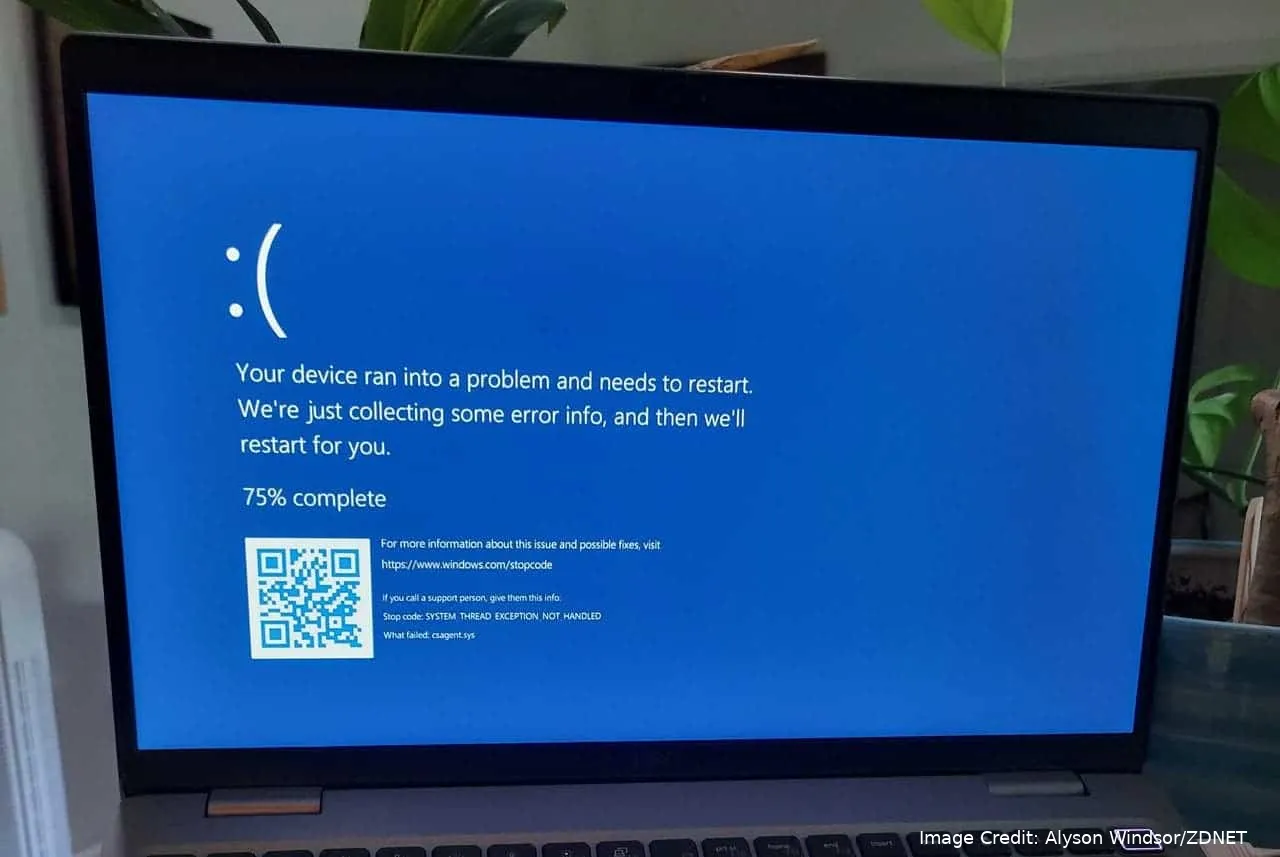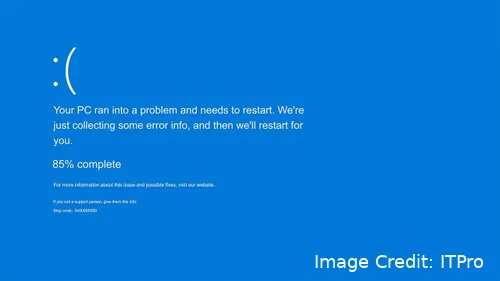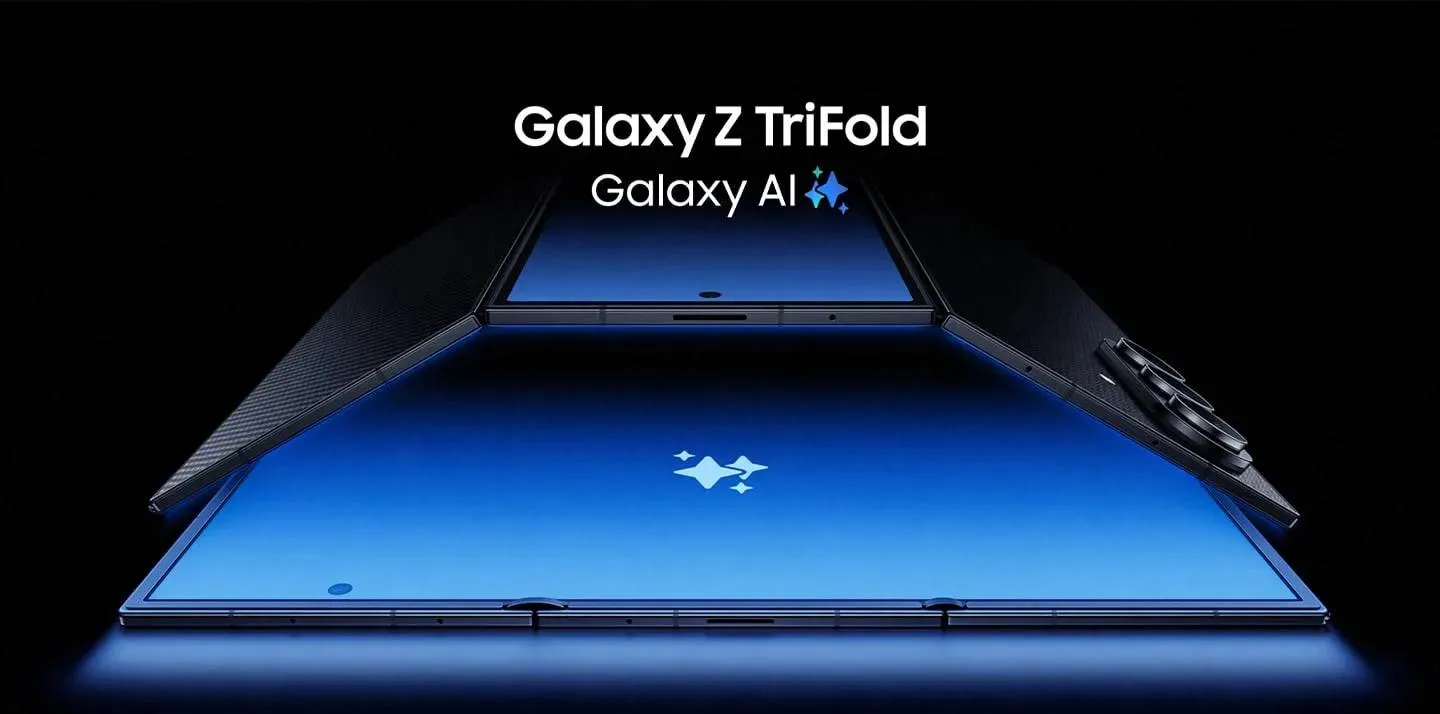
Microsoft is officially retiring the "Blue Screen of Death" (BSOD) after more than four decades. The blue screen, which is renowned for signaling system crashes, is being replaced by a newer, darker-colored version.
Microsoft Retires the 'Blue Screen of Death' After 40 Years
[caption id="attachment_438461" align="aligncenter" width="1280"]

Image Credit: ITPro
The news was released in a blog post, and the updates were announced as an effort to make Windows more stable. They have come after recent outages, most recently the 2024 CrowdStrike outage. That outage caused a global IT outage and brought down millions of Windows machines.
A New Look for System Errors
The BSOD has been around for many years, appearing every time Windows encountered a big failure, causing it to crash or reboot. Its purpose was not to allow additional corruption and potential loss of data. To a lot of users, it was an annoying indication of a system crash.
Now, Microsoft is reimagining that experience. The refreshed screen will have a dark background and reduced messaging. Say goodbye to the traditional sad face icon. Instead, customers will experience a more streamlined layout with a progress bar indicating how far through the restart they are.
The new notice will be: "Your device experienced a problem and needs to restart". It is briefer and easier to understand. Making failure less intimidating to common users.
Why the Change?
Microsoft indicates that the intention is to enable users to recover faster and with less annoyance. The update is one piece of a larger effort to simplify the user experience and increase system stability. In this, Microsoft is making it simpler to get through surprise restarts.
These updates will be released during summer 2025. The new error screen will form part of the Windows 11 version 24H2 update.
What It Means to Users
Even if the blue screen has been a sign in Windows history for years, going black is a step towards simplicity. Microsoft would rather limit panic and disorientation when there's an error.
The new look is more helpful and less shocking. It's a visual change, but it reflects an even greater attempt to stabilize Windows and make it simpler to work with.
In the end, it is not just a new shade—it's a new method by which Microsoft reacts to system crash.
Popular News
Latest News
Loading




